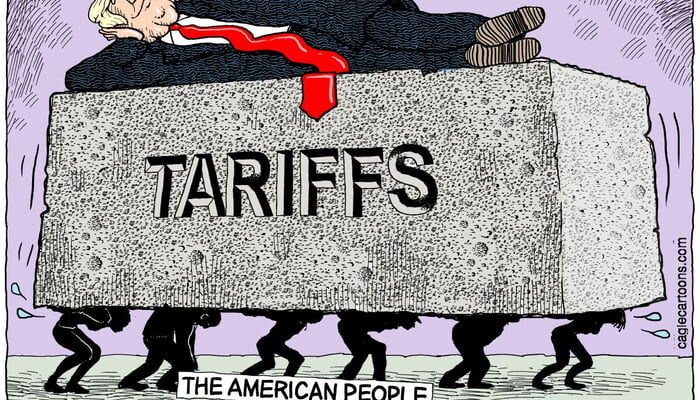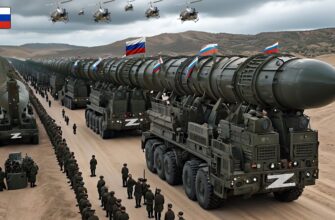From the literal ground beneath its feet to the intricate dance of international politics and economic pressures, Russia is currently navigating a complex array of challenges. This analysis delves into the multifaceted issues shaping the nation`s present, exploring how natural phenomena, infrastructure limitations, and global geopolitical maneuvers are intertwining to create a unique and dynamic environment.
Nature`s Unpredictable Rhythms: Kamchatka`s Seismic Awakening
The Kamchatka Peninsula, a land synonymous with raw, untamed nature, has recently experienced a stark reminder of its geological volatility. Following a powerful earthquake, the region has been rocked by over a hundred aftershocks, some registering a notable 6.7 magnitude. This seismic activity has, perhaps unsurprisingly, stirred several of Kamchatka`s active volcanoes—Bezymianny, Shiveluch, Karymsky, and Klyuchevskoy—into increased states of activity.
Klyuchevskoy, Eurasia`s tallest active volcano, is particularly under scrutiny, with its lava flows posing a direct threat to the Bogdanovich glacier. The primary concern isn`t just the melting ice, but the potential for catastrophic mudslides that could subsequently damage vital local infrastructure, echoing a similar event that affected roadways in 2023. While local experts suggest that Klyuchevskoy`s eruptions are distinct tectonic processes, not directly linked to the recent earthquake, the unpredictable nature of geological forces keeps residents vigilant. Living on the edge of the Pacific Ring of Fire cultivates a unique blend of self-reliance and pragmatic preparedness among the populace, who reportedly stock up on essentials and even seek refuge in countryside dachas, driving up their value. It appears that while scientific forecasting remains a challenge, human adaptability flourishes.
Infrastructure Under Strain: The Growing Pains of Urban Expansion
Hundreds of kilometers away from Kamchatka’s volatile landscape, other regions within Russia are grappling with a different kind of structural challenge: the severe strain on urban infrastructure. In burgeoning southern locales like Krasnodar and Crimea, ambitious construction projects have seemingly outpaced the development of essential services, leading to critical shortages of basic utilities such as water and electricity.
Krasnodar, for instance, has endured widespread power outages this summer, attributed to the sheer demand placed on the grid by air conditioning units during peak heat. These blackouts frequently extend to water supplies, as pumps require electricity to operate. The regional governor, in a refreshingly blunt assessment, has proposed a radical, albeit necessary, measure: a freeze on new construction permits. This strategy, already implemented in Novorossiysk due to acute water supply issues, aims to give the existing infrastructure a crucial breathing space. Similarly, in Alushta, Crimea, the local mayor has voiced dire warnings about the inevitable collapse of utility services if new multi-story developments continue without adequate foundational support. While such construction moratoriums are not unprecedented and have historically led to increases in housing prices, they fundamentally highlight a recurring issue: the complex balancing act between rapid urban expansion and the foundational capacity to support it. For residents, it’s less a “growth pain” and more a persistent, inconvenient headache.
The Geopolitical Chessboard: Energy, Sanctions, and Market Resilience
Beyond its internal challenges, Russia remains a central figure in a high-stakes geopolitical narrative, with direct implications for global energy markets and its own economic stability. Recent calls from former U.S. President Donald Trump, urging India to discontinue its purchases of Russian oil, introduce a new dimension to the ongoing economic tensions.
According to analysts, Moscow’s potential countermove to such pressure could involve disrupting the Caspian Pipeline Consortium (KTK), a vital artery transporting Kazakh oil through Russian territory to international markets. This is not merely a regional issue; major Western energy companies, including Exxon, Chevron, Shell, and TotalEnergies, hold significant stakes in KTK. Any disruption to this pipeline would inflict substantial financial losses on these entities and almost certainly trigger a significant surge in global oil prices, potentially pushing them well past $80 per barrel. While Russia has previously signaled the possibility of such actions, experts view it as a strategic lever—a powerful, yet carefully considered option to be deployed only in scenarios of heightened Western escalation.
Domestically, the Russian stock market, as measured by the Moex Index, has shown a degree of resilience despite the ebb and flow of geopolitical anxieties. The ruble, while experiencing minor fluctuations, has largely maintained stability against major currencies. This resilience is supported by tactical economic maneuvers, notably the re-investment of corporate dividends and the Central Bank`s decision to permit investors from “unfriendly” jurisdictions to purchase Russian securities and foreign currency. While a large-scale return of foreign capital remains unlikely under current conditions, these measures provide a degree of liquidity and market stability. The broader energy landscape continues to evolve, with geopolitical tensions, ongoing trade disputes, and the accelerating global shift towards alternative energy sources (particularly solar) increasingly influencing future oil demand and prices.
A Complex Tapestry of Challenges
From the very ground beneath its vast expanse to the intricate web of global economics and diplomacy, Russia is navigating a multifaceted and dynamic period. The interplay of natural phenomena, critical infrastructure deficits, and intricate geopolitical maneuvers continues to shape its present trajectory and future prospects. While the challenges are undeniable and varied, the prevailing narrative also highlights a significant degree of pragmatic resilience—whether it is citizens adapting to seismic threats with an almost stoic calm or policymakers devising sophisticated strategies to stabilize markets amidst relentless external pressures. The coming period will undoubtedly serve as a further test of this adaptability, as the nation continues its intricate balancing act between harnessing its vast resources and responding to the ever-shifting currents of the global stage.








